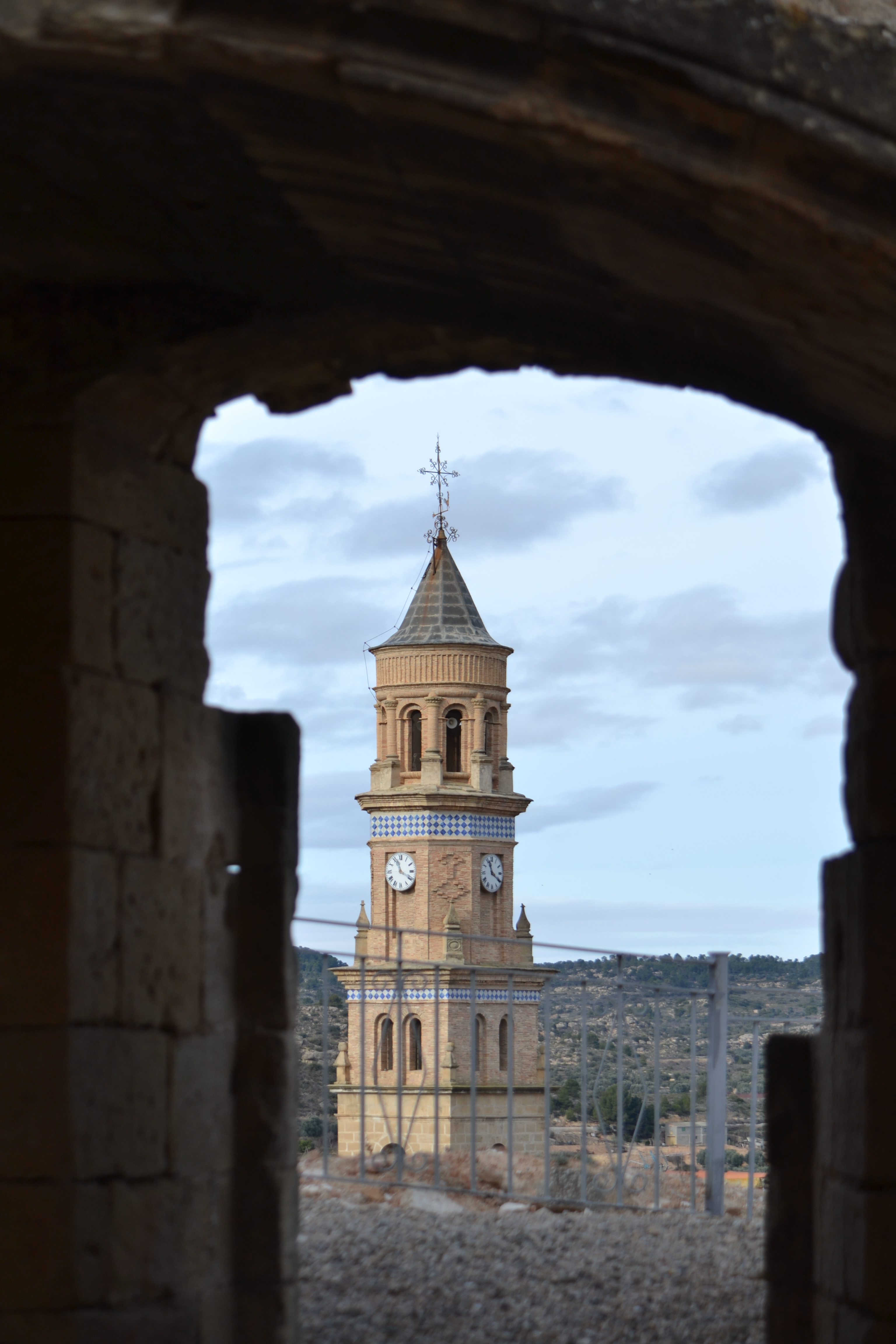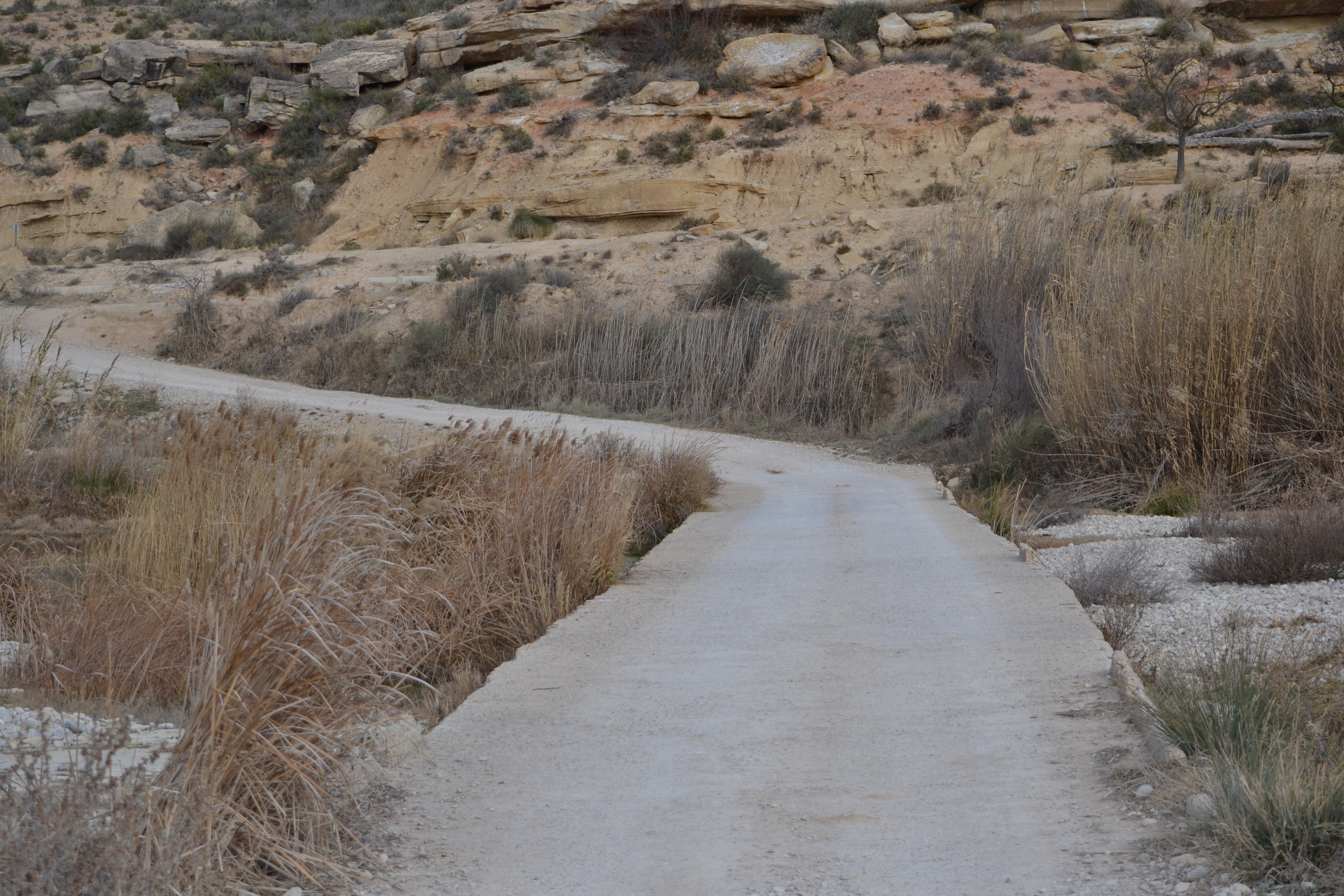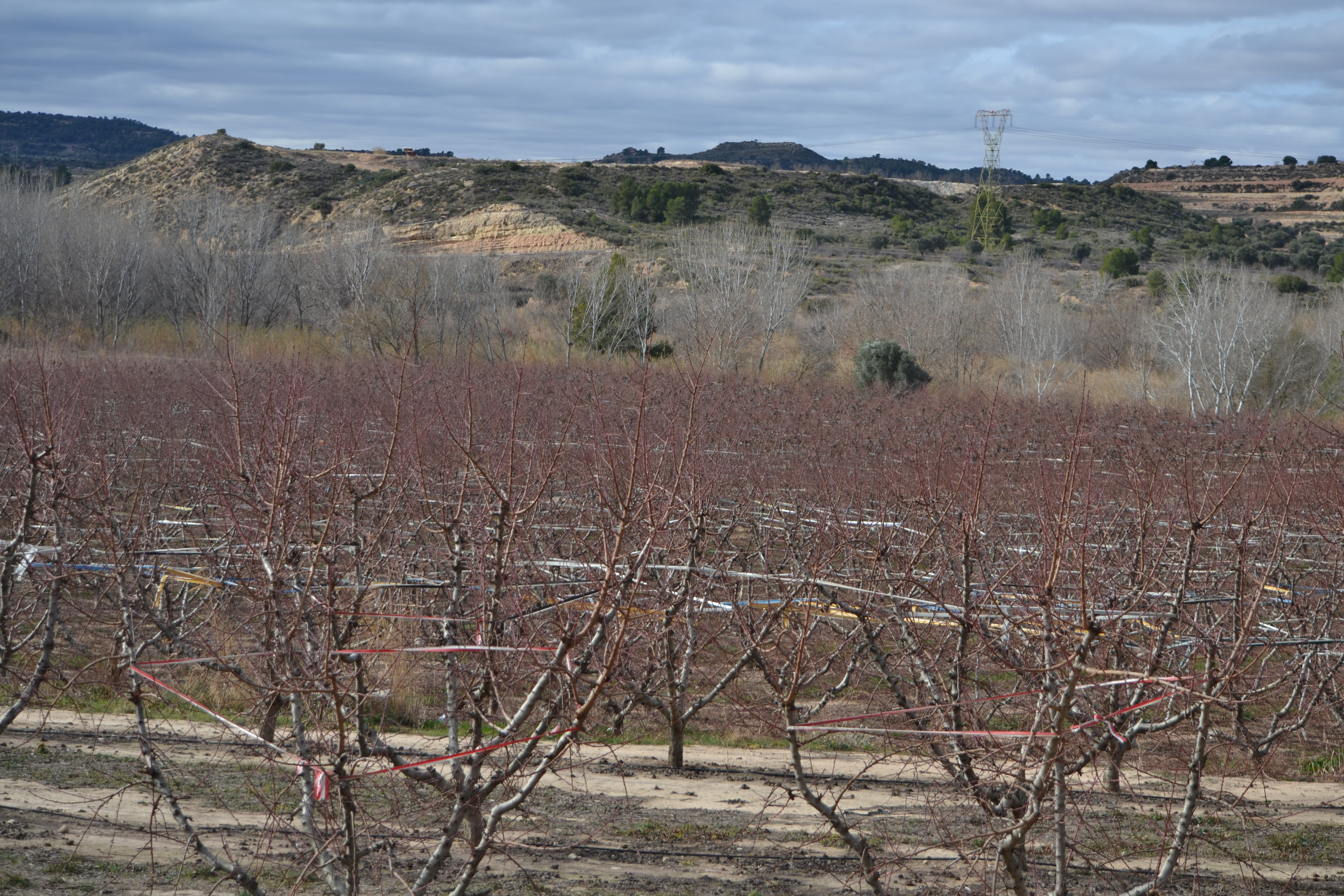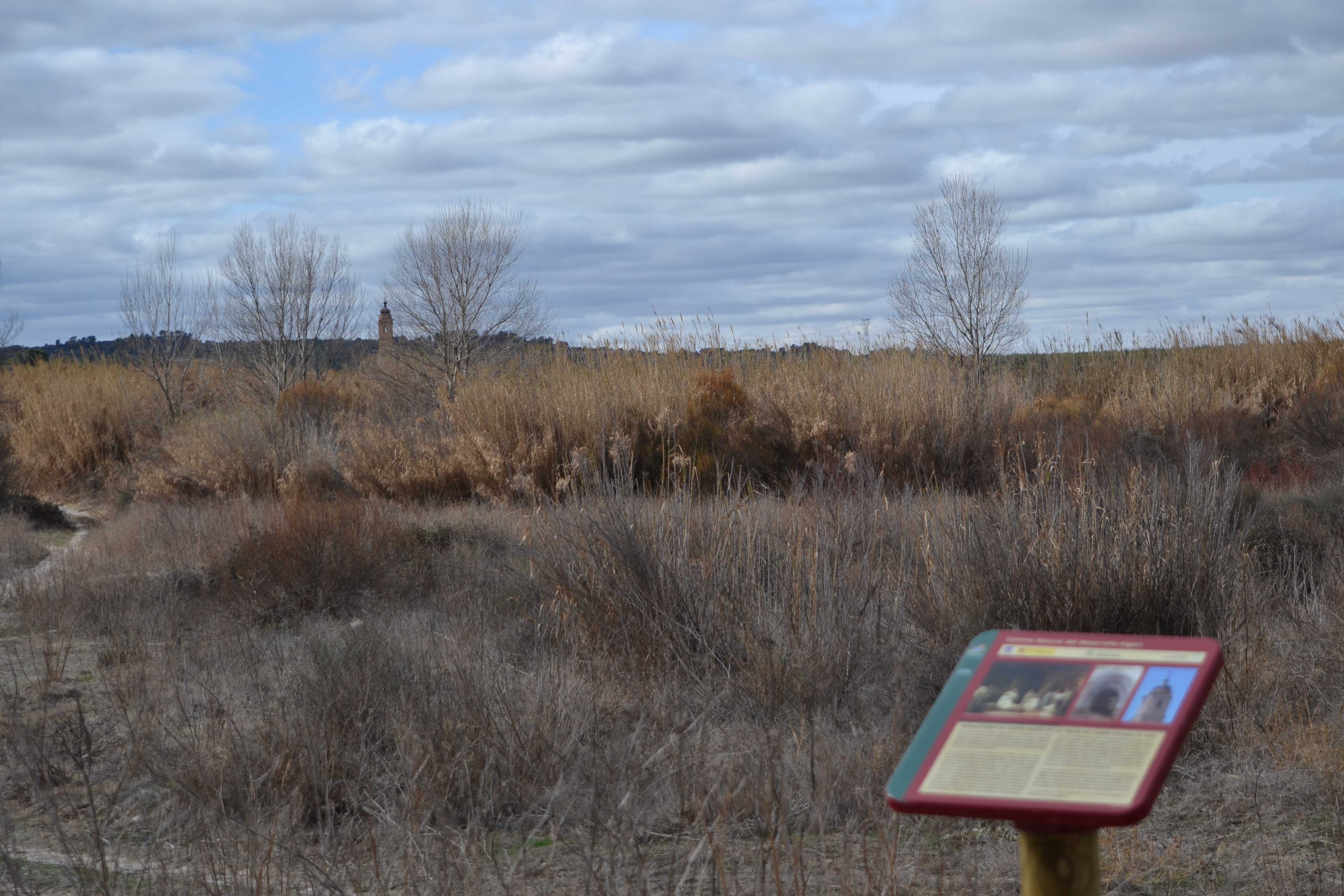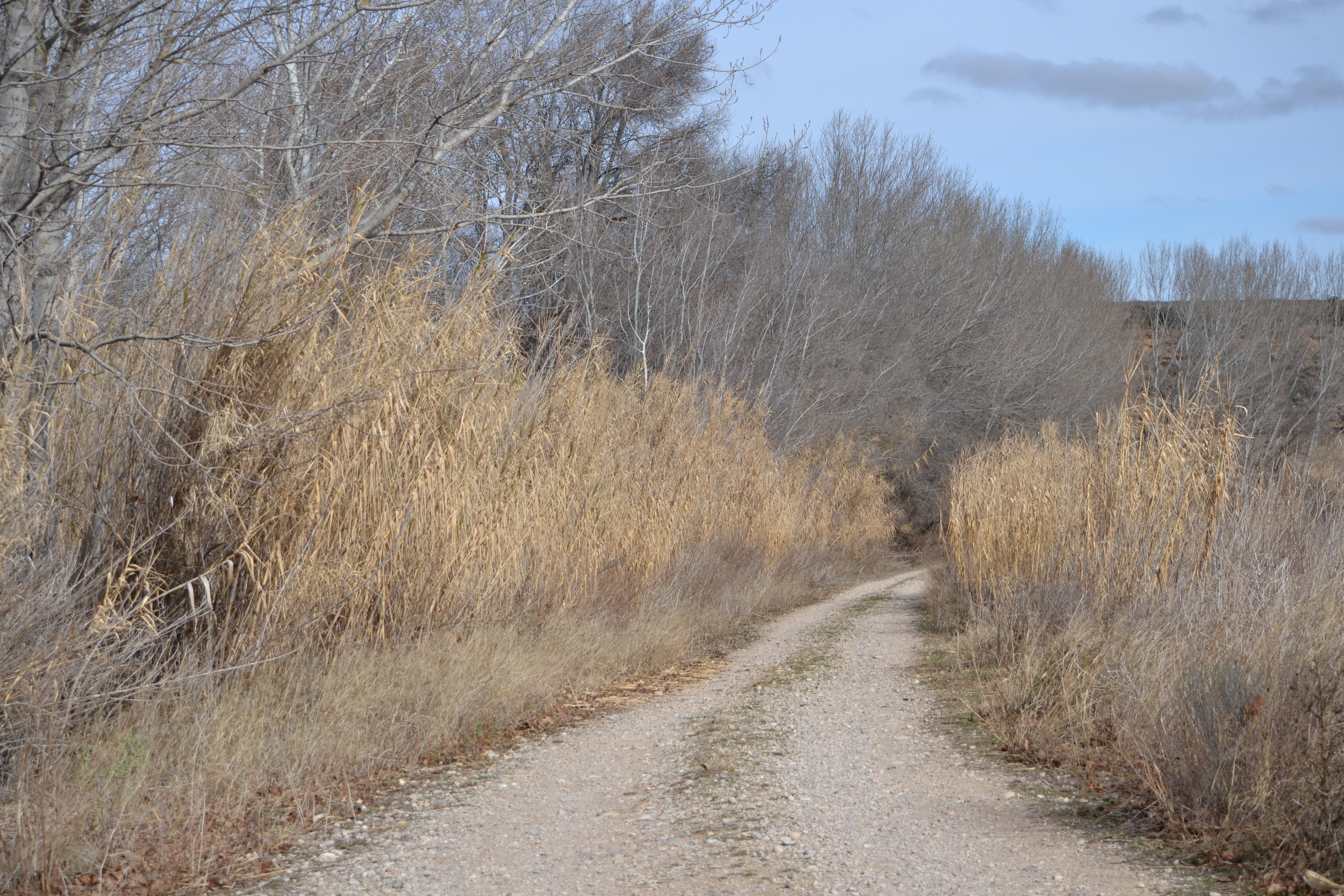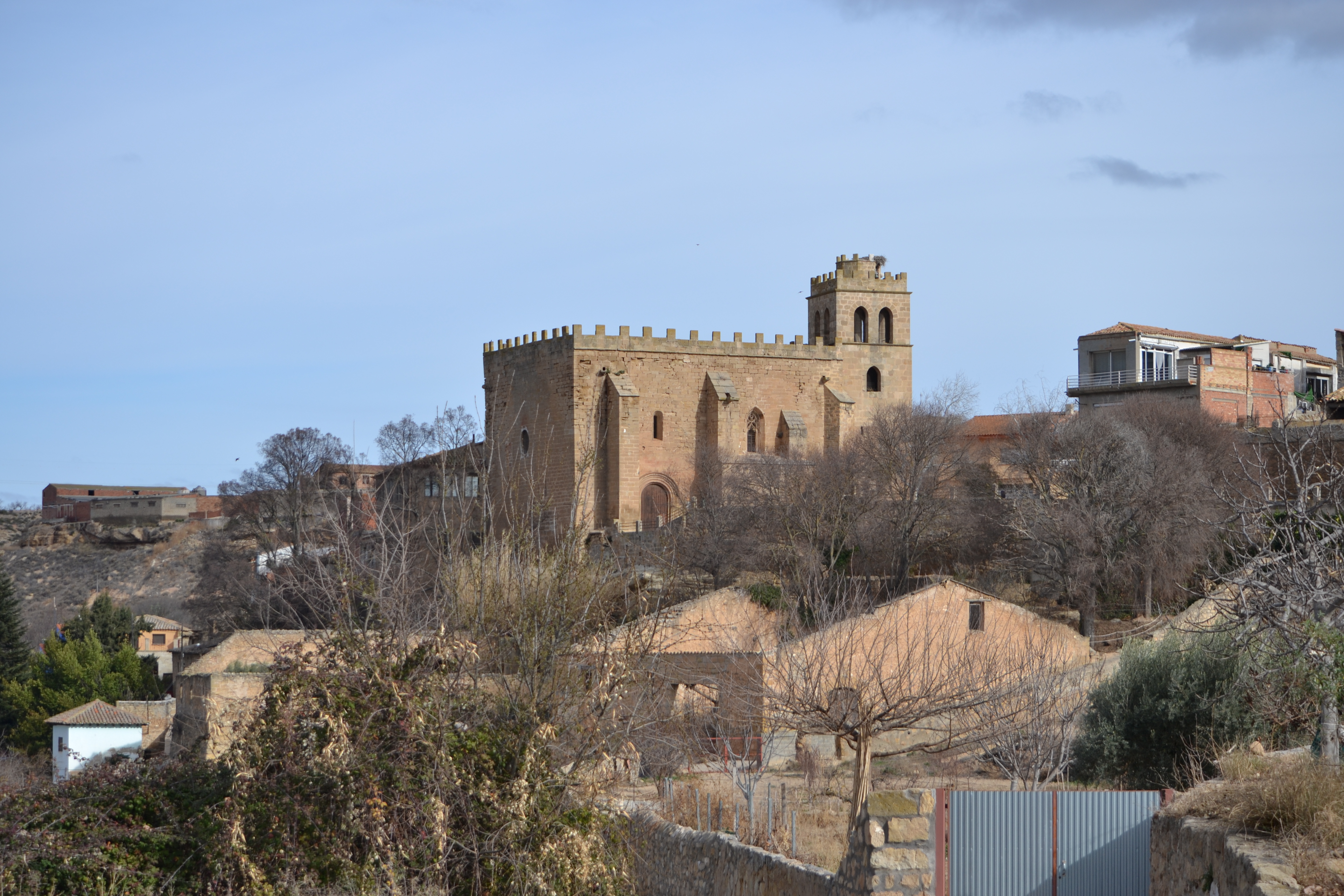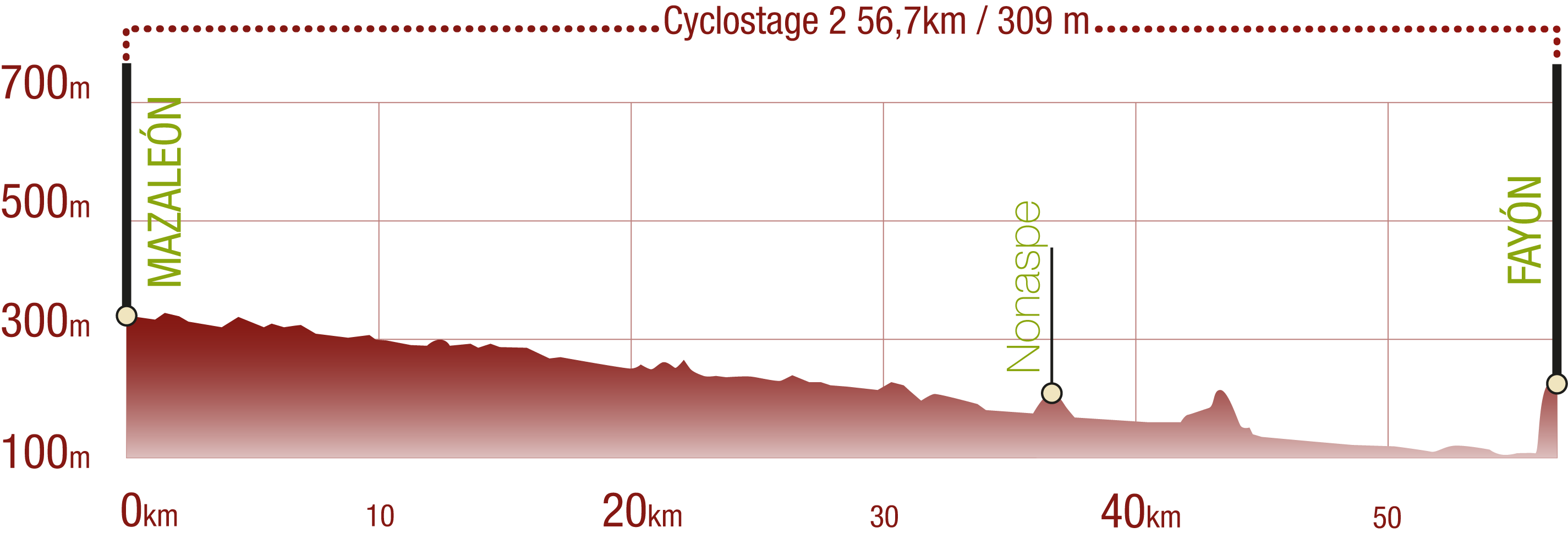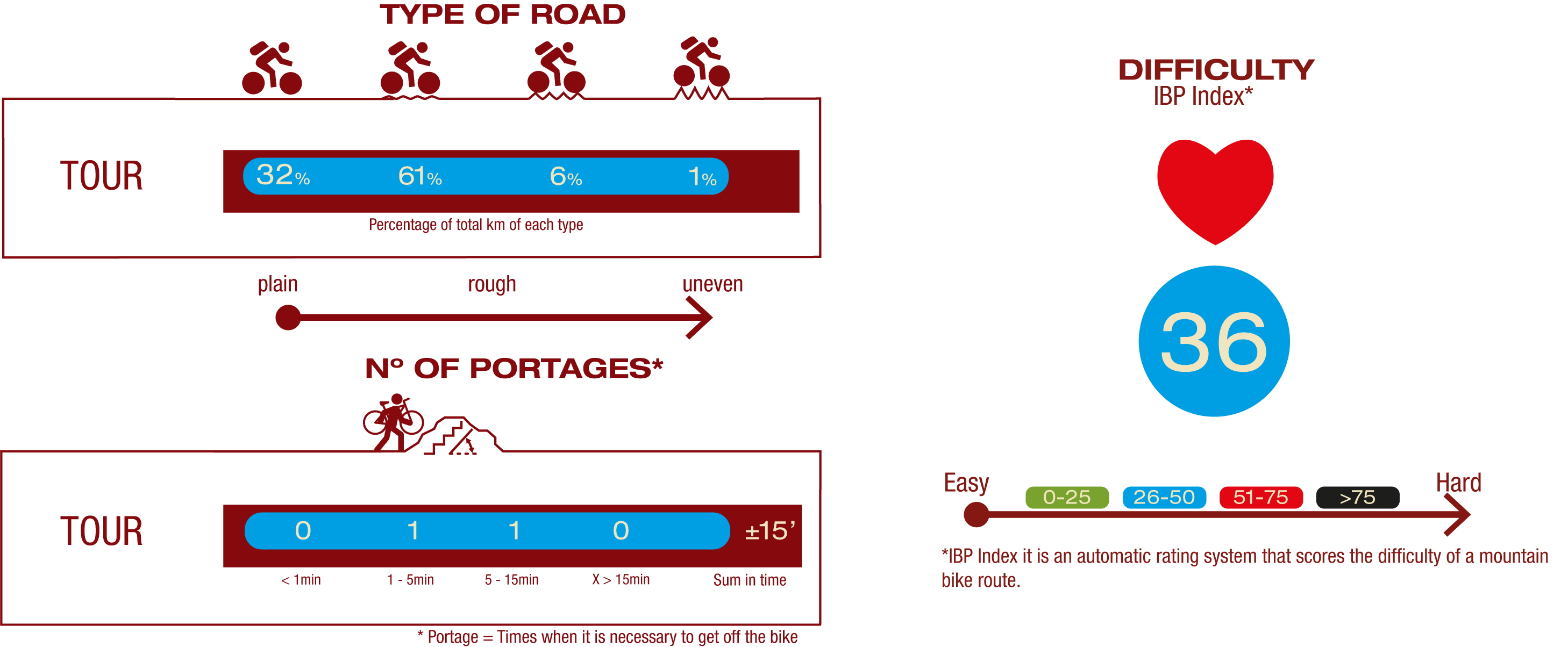- Home
- Rural Development
- Nature Trails
- Nature Trails
- Northeast Sector
- Matarranya Algars
Stage 7. Maella - Fabara
Description

Historical Heritage on the Banks of the River Matarraña
The seventh stage of the Matarraña-Algars Nature Trail is the first (of three) which unfolds entirely in the province of Zaragoza. Without leaving the riverside, this stage links Maella and Fabara, two towns with a rich historic and artistic heritage, which can be attested by the monumental churches, ruins of castles and monasteries and even a Roman mausoleum.
This stage of the Matarraña-Algars Nature Trail gets started on the right of the river, just after the bridge which can be crossed in order to get to Maella.
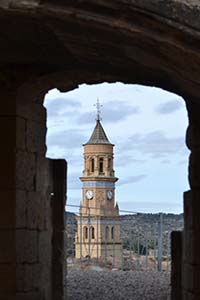
Although the nature trail does not actually go into Maella, turning right after the bridge takes you to the town which is well deserving of a visit. Moving up to the Conde de Aranda castle, with a stop at the walls and the San Esteban Protomártir church, as well as admiring the ruins of this fortress, there are also spectacular panoramic views of the valley. Another must-see is the Torre del Reloj tower. This has a Roman and Mudejar style and is located on the old entrance to the villa and makes up part of the palace, which these days houses the Maella town hall.
The trail leaves the town under the view of the castle and the church, between the hill on which they sit and the left bank of the River Matarraña. Until the river is crossed via a concrete crossing (take care if the river is high), the accompanying vegetation is made up of fruit crops, with some olive trees and riverside vegetation such as tamarix, poplars, reeds and canes next to the river. On the other side of the river, after separating slightly from it, the olive trees and vineyards start to cover the flattest land, whilst the highest ground is covered in Mediterranean scrubland.
Circulating parallel to the Cataluñas canal, after some five kilometres ignoring any detours, the trail turns to the left, surrounded by tree crops, and leads once again to the River Matarraña. A detour can be taken from this section, to the Santa María de la Trapa de Santa Susana monastery on the other side of the river. This is in ruins, but is still impressive (it can be arrived by crossing the river at a nearby crossing, or on the road from Maella and Fabara).
The next section of the trail passes through dense reeds which barely allow for the river to be seen. Here there are other riverside trees such as willows and poplars, and even some pine trees as the trail nears Fabara.
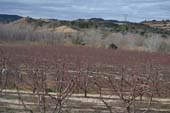
This town is entered via Avenida de la Jota, which carries on next to Rabinat park until reaching the A-2411. This stage comes to an end after turning to the right and following this road for around a hundred metres. Fabara has a lot to offer, and can be visited before having a rest.
After the crossing, continuing along the bridge that crosses the River Matarraña, and by following the signs, the Roman mausoleum of Fabara can be reached in less than a kilometre. This is possibly one of the most well preserved Roman sepulchres on the Iberian peninsula. By retracing the trail a few meters and taking a street next to some sports pitches, you can arrive just below the San Juan Bautista church, which has a surprising waterfall (coming from the Rabinat canal). In the past this was used to move a grain mill and generate electricity.
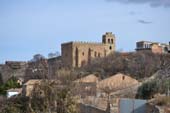
The church itself is quite particular as it is a fortified church. Other buildings that are worth visiting include the Town Hall, which is located in part of the palace of the Princess of Belmonte, and the Virgilio Albiac painting museum; a painter from this village in Zaragoza. As well as the monuments, the Jacobeo del Ebro Trail passes through the municipality.
Sites of interest
Map
Puntos de Interés
Infraestructura
Profile
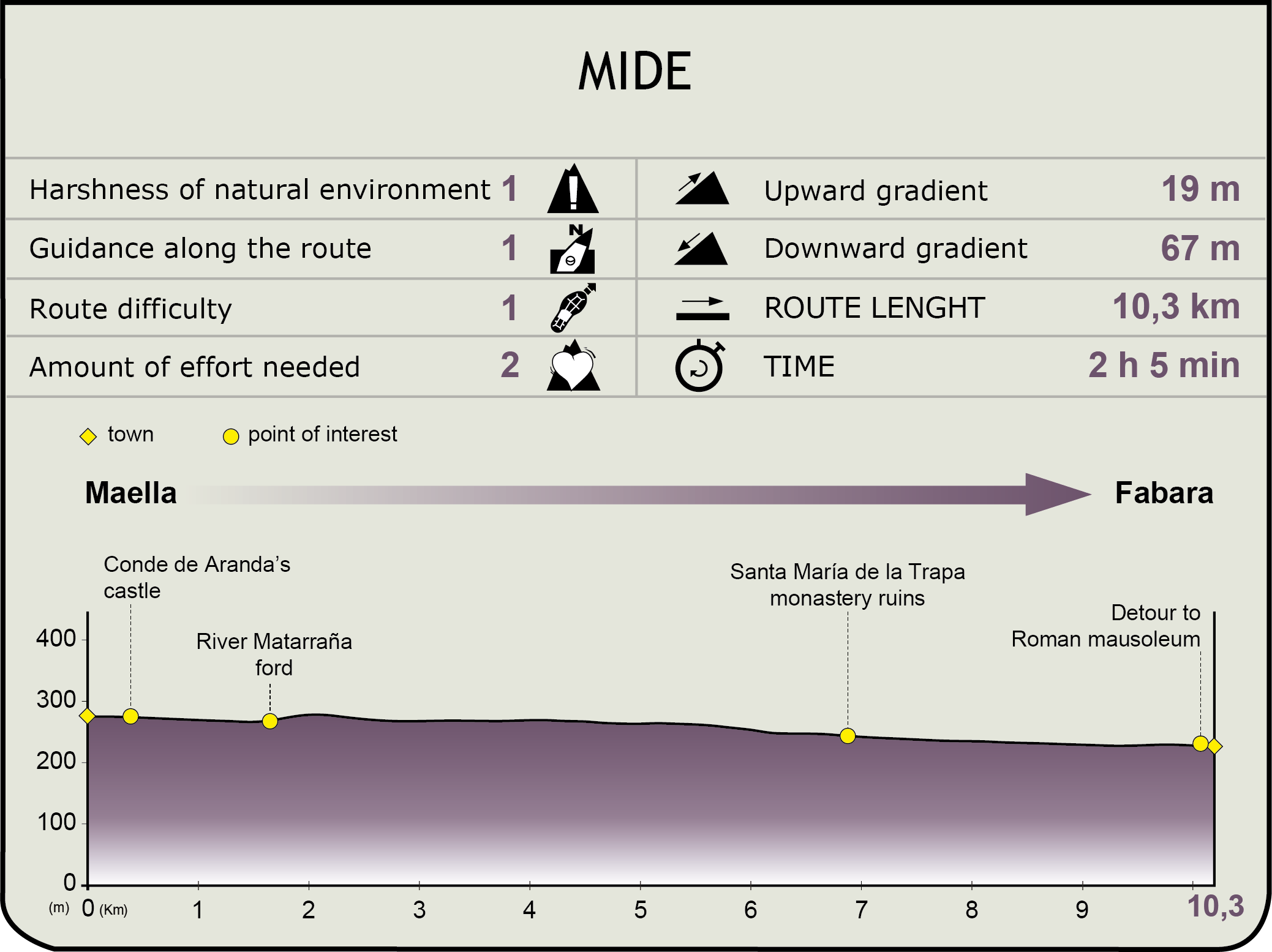
MIDE (Method for the Information of Excursions)
Featured
Further information
Santa María de la Trapa de Santa Susana Monastery
The ruins of the Santa María de la Trapa de Santa Susana Monastery are located on the edge of the A-1411, some 5.4 km from the town of Maella.
The Santa María de la Trapa de Santa Susana Monastery was founded in the 6th century by Benedictine monks, and it was rebuilt by the Order of Calatrava at the beginning of the 13th century. Afterwards, it was ceded to the Cistercian Order and at the end of the 18th century it ended up in the hands of a community of French Trappist monks.
In the 14th century the Santa Susana church was raised, this is a Gothic construction with ashlars covered by three ribbed vaults, with a lily, which is the emblem of the Order of Calatrava, in the central vault. The tower, which has a square design, has three bodies and is topped by a bulbous steeple.
The monastery was raided by French troops during the Peninsular War, although the Trappist monks remained in the monastery until their expulsion in 1835, due to the Mendizábal Disentailment. Since then it has progressively turned to ruins.
The Roman Mausoleum of Lucius Aemilius Lupus
The Roman Mausoleum of Fabara, or more correctly the Mausoleum of Lucius Aemilius Lupus is found less than two kilometres from the town's urban centre, by taking a detour which is well signed from the A-2411.
This is a Roman sepulchre/temple which dates back to the 2nd century A.D. and is located on the banks of the River Matarraña. It has a rectangular base facing the east, built with large stone blocks connected with iron hooks. The three blank walls are decorated with Tuscan pilasters, two in the centre and two in the corners of the back wall. The fourth side, facing east, has a portico style with four columns from the Tuscan Order, upon which lies an Ionian entablature which covers the entire Mausoleum. It is topped off with a triangular gable, both on the front façade and on the rear one.
The inside consists of an upper area covered with a barrel vault, where libations and sacrifices in honour of the dead would take place. Below this there is an underground conditorium (sepulchre) covered with a barrel vault. Although it still has part of the stairs to access the ossuary, the underground vault is blocked off.
Despite this possibly being one of the most well preserved monuments of this type on the Iberian peninsula, it was practically unnoticed until 1874 when the Royal Spanish Academy of History was informed of its existence. The building was privately owned until 1942, when it was acquired by the State, although it was not named as a historic-artistic monument until nearly a decade later.
In order to access the exhibition space, the town council of Fabara must be contacted previously.
Multimedia
Downloads
GPS Downloads
Maps
Cyclability
TYPE OF ROAD, PORTAGES & DIFFICULTY
SAFETY RECCOMENDATIONS
- Sections shared with hikers.
- Transit through the centre of some population centres.
- Due to the fact that the route runs close to riverbeds, crossing them on several occasions, you are informed that there may be seasonal discontinuities caused by floods, increases in flow, floods or transit through flood-prone areas.
GENERAL RECOMMENDATIONS
- Find out about the technical aspects of the route and the weather on the day.
- Take care of the environment. Take care not to disturb animals or damage vegetation. Respect private areas.
- You must give priority to pedestrians and comply with general traffic rules.
- The environment in which you will be riding is open, free to move around and an area where many activities are carried out (sporting, forestry, livestock and agricultural activities). Always have an understanding, prudent, responsible and respectful attitude.
